Parliament is back. Here’s the packed agenda.
We talked to cabinet ministers, Liberal insiders, and outsiders clamouring for attention to their issues
The Peace Tower is framed in an archway on the East Block of Parliament Buildings on Parliament Hil in Ottawa, Thursday September 10, 2009. Opposition MPs, and even some Conservatives, agree Canada’s parliamentary committee system is broken.They just don’t agree on what’s gone wrong or who’s to blame. THE CANADIAN PRESS/Adrian Wyld
Share
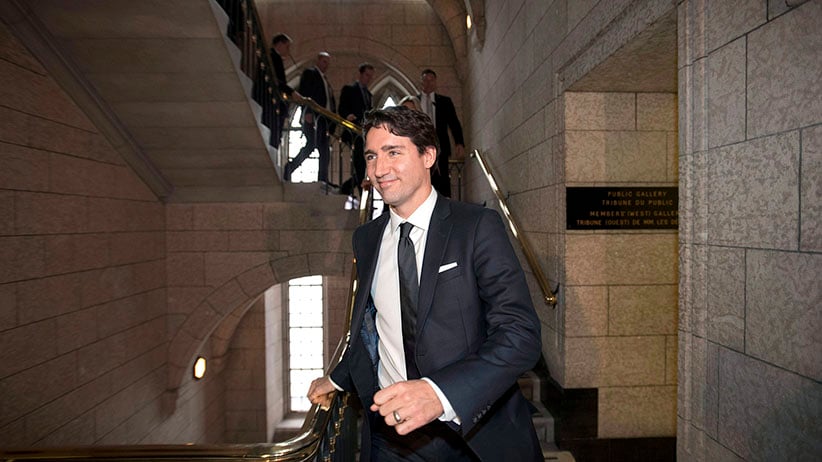
Every new prime minister must try to define the task at hand. Stephen Harper came into power in 2006 brandishing a list of just five top priorities, most memorably tax cuts that started with trimming the Goods and Service Tax. Even Paul Martin, who was often criticized for having too many pressing files on the go at once, tried to narrow his government’s policy focus by arguing that an aging population at home and the rise of Asian economies abroad were the two biggest changes facing Canada.
Justin Trudeau won last fall’s election on an unusually sprawling platform, peppered with more than 200 promises, many dauntingly ambitious. His cabinet quickly set to work last year trying to advance dozens of them. So, when they met this week in Saint Andrews, N.B., to strategize before the Jan. 25 return of Parliament, sorting out what the Trudeau government must move on urgently, and what can wait, might have seemed nearly impossible. How to weigh, say, legalizing marijuana against reforming the way Canadians elect MPs, or compare combatting terrorism to fixing First Nations schools?
As it happens, though, the tandem dive of the price of oil and value of the Canadian dollar has largely sorted out the agenda for them. With the unsteady economy overshadowing all other possible concerns, pressure is building on Trudeau and Finance Minister Bill Morneau to table a budget in only a few weeks that soothes those growing jitters. Our survey of the federal agenda—drawing on interviews with cabinet ministers, Liberal insiders, and outsiders clamouring for attention to their issues—starts, as the government must, with that economic plan.
Budget 2016
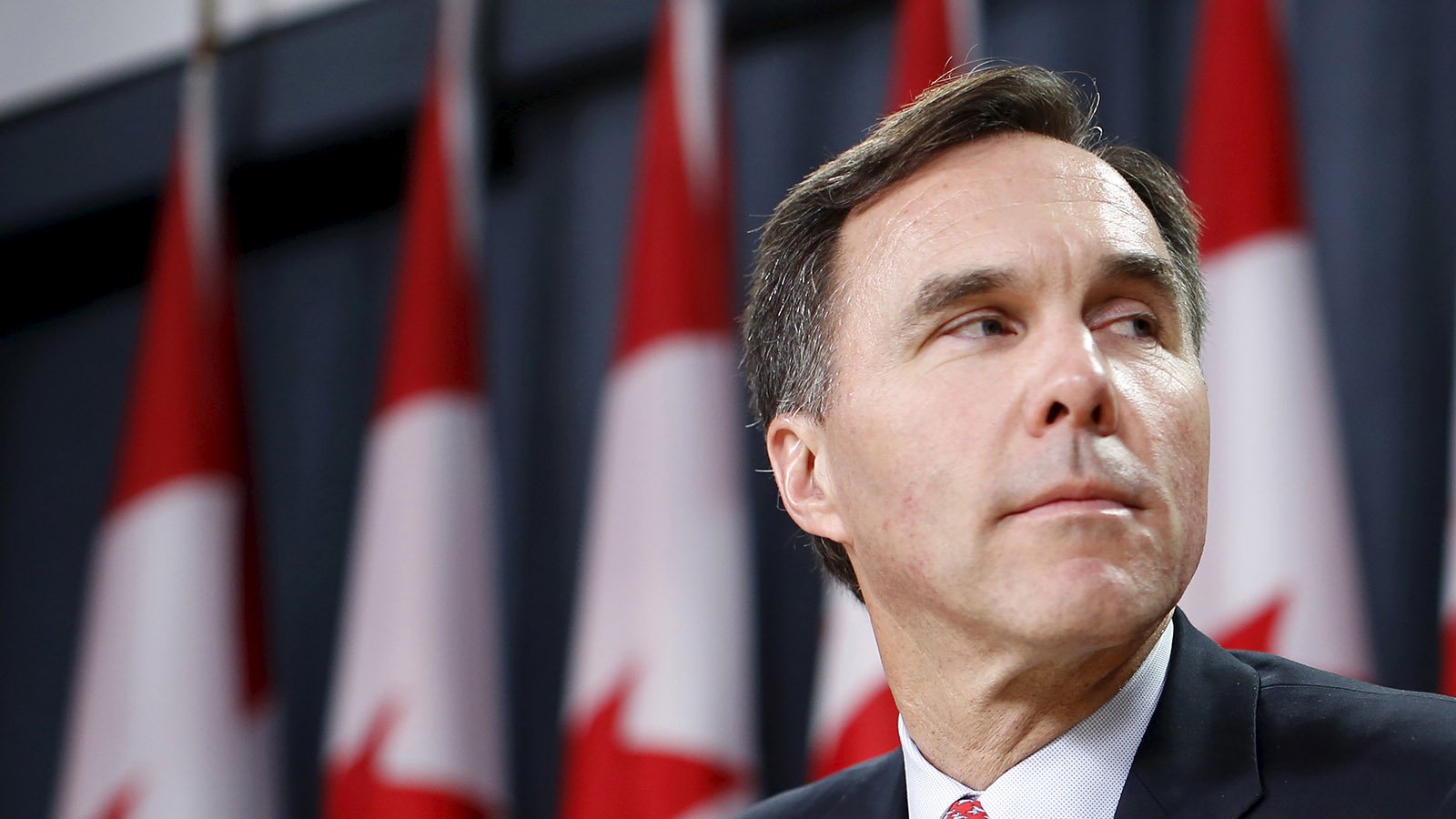
Trudeau’s key tool for stimulating the economy will undoubtedly be infrastructure spending, a central pillar of his 2015 election platform. While running for office, however, his Liberals proposed stretching $60 billion on traditional public works, green projects and social infrastructure (like daycare centres and affordable housing) over 10 long years. In each of their first two years in office, spending would only notch up $5 billion—not all that much in a Canadian economy that Bank of Canada governor Stephen Poloz estimates has lost $50 billion a year in income as a result of the plummeting price of oil and commodities.
In St. Andrews, Trudeau signalled a willingness to go bigger, faster on stimulus spending. “Our focus on infrastructure money is actually getting projects built, getting people working on things that will activate the job market in the short term but create growth and productivity gains in the medium and long term,” he said. He added that the Liberal government will be “flexible” when it comes to Ottawa’s traditional demand that provinces and municipalities match federal infrastructure funds.
A federal official said mundane municipal repairs would be emphasized in the first two years. That sort of work might not be as ribbon-cutting-worthy as shiny new projects, but it can be undertaken right away. As for their election pledge to hold the deficit to $10 billion a year, Trudeau and Morneau have shifted to stressing the goal of making sure federal deficits keep shrinking as a share of the overall economy, a standard some economists estimate would allow for deficits about twice as large.
Oil
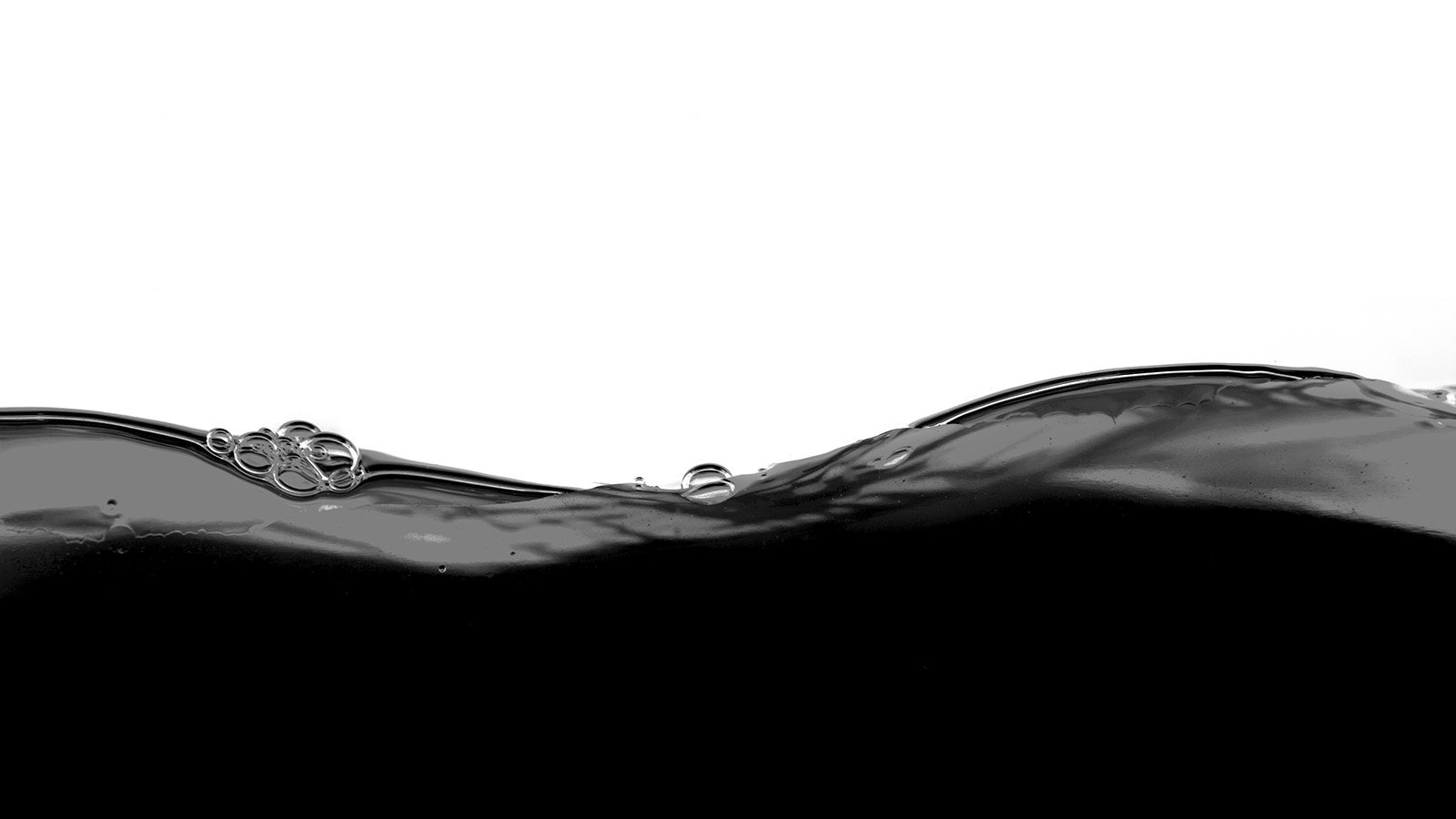
Arguably the toughest challenge in rolling out a federal infrastructure push this year will be making sure enough money goes where the need is greatest—to regions hurting most from the oil price plunge. Traditionally, federal public works spending is spread across the country, generally to cities and provinces that have projects ready and their own money to contribute. Right now, though, by far the greatest need is where resource revenues are down most, and thus provincial and municipal budgets are tightest.
“If this is a regional problem in Alberta, Saskatchewan and Newfoundland, how does the federal government supporting infrastructure in Ontario and British Columbia solve that fundamental problem?” says Benjamin Dachis, senior policy analyst at the business-oriented C.D. Howe Institute. “You can’t build enough subways and transit lines in Ontario and B.C. to convince oil companies to invest in Fort McMurray.”
Senior federal officials were signalling this week an acute awareness of the need to earmark some stimulus money for the hardest-hit provinces. As well, the budget is likely to include clean technology funding that could help resource companies. Looking beyond the current downturn, Morneau voiced sympathy, after meeting with oil industry executives in Calgary, on their long-standing plea for a regulatory process to approve proposed pipelines to Atlantic and Pacific ports. “It was frank,” he said about the tenor of the meeting. “There is clearly a worry among people in this sector that they do need to find a way to get access to tidewater. And I stated our government’s support for initiatives to find a way to do that.”
EI and CPP
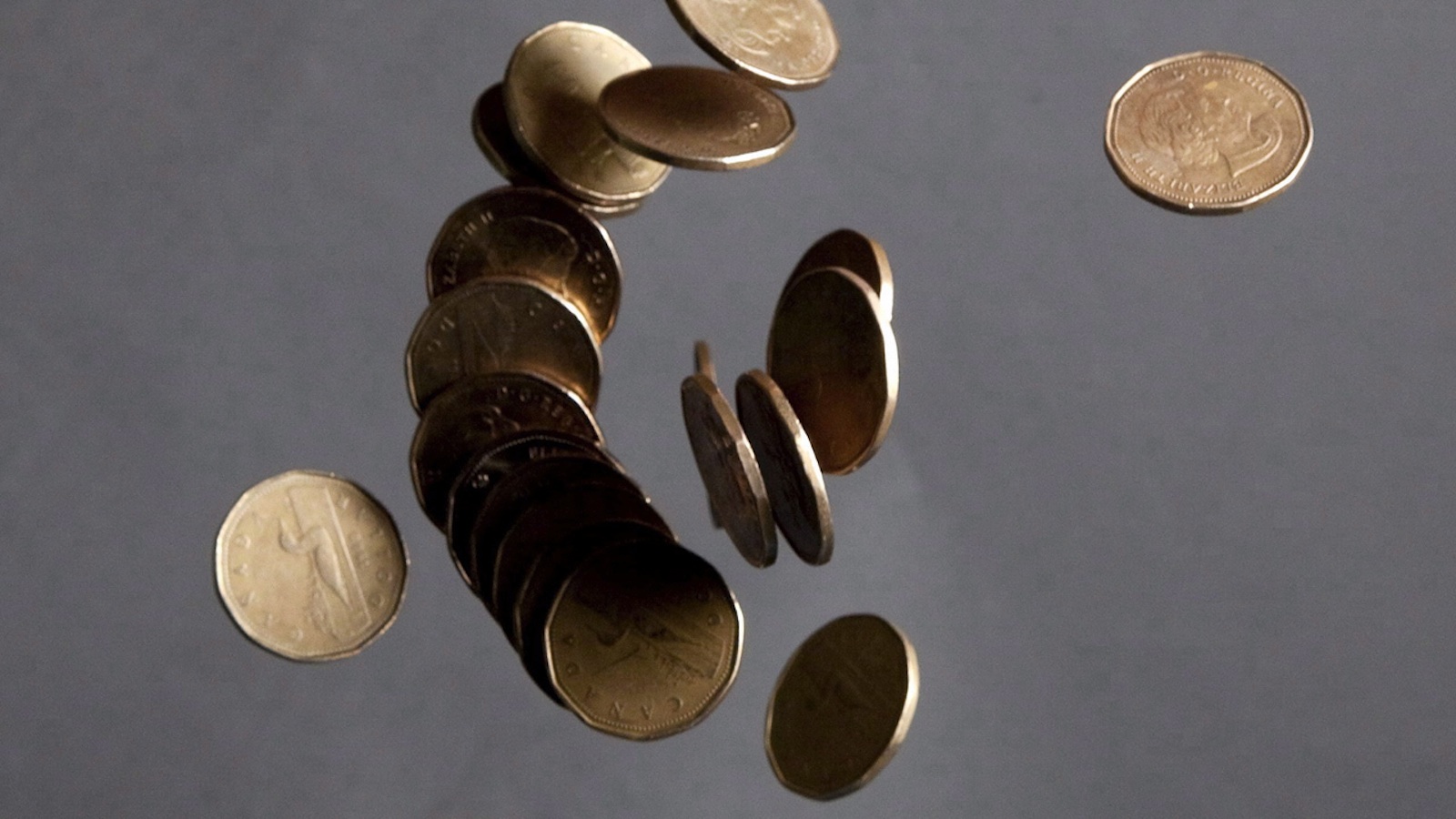
Few federal policies touch Canadians as directly as Employment Insurance (EI) and Canada Pension Plan (CPP) deductions from their paycheques. Both programs are slated for reform under the Liberals, but EI more certainly than CPP. Morneau’s first budget is expected to contain early EI changes, with more to come within the first two or three years of Trudeau’s majority mandate. One key election promise: cut the wait period for EI benefits to one week from two, starting next year. On further reforms, government officials told Maclean’s that Employment Minister MaryAnn Mihychuk and Families, Children and Social Development Minister Jean-Yves Duclos will launch consultations, including town-hall meetings, in the next few months.
If EI reform is a sure thing, expanding the CPP looks far less certain. Morneau met with his provincial and territorial counterparts on the issue just before Christmas, and they agreed to another session sometime in mid-2016, aiming to come to some sort of decision by late this year. “We did not commit to any end game,” he said ultra-cautiously. “Our objective today was to begin a process to review the potential to move forward.” Ontario isn’t nearly so tentative: Premier Kathleen Wynne is pressing ahead with the ambitious Ontario Retirement Pension Plan. Some pension experts warn that the further Ontario proceeds on its own, the harder it would be to harmonize an expanded CPP with a newly reformed pension system in the most populous province.
Health

The last time the Liberals were in power, Paul Martin agreed to guarantee the provinces six per cent annual increases in their Canada Health Transfers. That generous yearly hike was touted as his way to “fix health care for a generation.” But the Conservatives planned to roll those increases back, giving provinces notice that, as of next year, the transfers would grow at roughly the rate of the economy. They also changed the funding formula, making it per capita, which left some provinces with budget gaps that were made all the more galling as they jealously counted Alberta’s extra billion a year. The Trudeau Liberals promised to revisit the health accord. Some of the details will presumably be hammered out later this year when Morneau again meets provincial finance ministers.
But this week, it’s Health Minister Jane Philpott, a family doctor, who is sitting down with her provincial counterparts. Philpott will come to the table armed with a modest $3 billion for home care and a case for improving primary health systems, rather than just a bigger pot of cash. She has also taken them up on their invitation to join the pan-Canadian Pharmaceutical Alliance, the organization through which provinces buy drugs in bulk to save money.
As well, she’ll be emphasizing the latest statistics showing that health care spending is, in fact, growing at a much slower pace than in the past, even below the rate of inflation. That might not be the provinces’ preferred way to frame their cost pressures, but it’s likely to suit a new federal government looking for places to constrain a potentially ballooning deficit.
Electoral reform

Ordinary Canadians may be most anxious about the economy these days, but hard-core partisan strategists are already fretting about the next election. The reason: Trudeau vowed that the 2015 election would be the last fought under the traditional first-past-the-post rules, which makes the candidate with the most votes in each riding MP, while the rest get zilch. When the House returns next week, among the most closely watched early pieces of business will be the appointment of an all-party committee to study alternatives, including forms of proportional representation, in which a party’s share of MPs would be closer to its share of the overall vote, and preferential balloting, in which voters would rank candidates from most to least preferred.
Debate on the issue is already hot. Conservatives demand a referendum on any changes, while the NDP fears the Liberals intend to push through a ranked-balloting system that would favour a centrist party. Trudeau has assigned an odd-couple duo to manage the file: political neophyte Maryam Monsef, his minister of democratic institutions, and trusted veteran Dominc LeBlanc, his government House leader. Monsef says the government is open to all sorts of options and will ask the House committee to consult widely; LeBlanc has all but ruled out the referendum Tories are demanding.
Although interim Conservative leader Rona Ambrose has generally tried to maintain an upbeat tone since her party was humbled in the election, on this issue she has been hard-nosed, vowing to take all steps needed to block any reform that hasn’t been put to the people first, and urging the Liberals to “come to their senses.”
Carbon emissions

Unusually mild temperatures this winter, due in part to a warm El Niño jet stream, may help focus Canadians on a big pillar of the Liberal platform: the fight against climate change. The government has set two closely linked, highly difficult goals: putting a price on carbon emissions, and reducing them. That task falls to Environment Minister Catherine McKenna, who quickly became one of Prime Minister Justin Trudeau’s highest-profile ministers for her work at the United Nations climate conference in Paris last December.
McKenna has been less visible since then, as she’s hunkered down to deal with the nitty-gritty details of taking over a department. But she’ll re-emerge next week when she welcomes her provincial and territorial counterparts to Ottawa. One challenge is to make room at the leadership table for three provinces—British Columbia, Quebec and Alberta—that already have carbon pricing, and two more—Ontario and Manitoba—that will soon join the club. There’s also the matter of finding some kind of agreement when Saskatchewan Premier Brad Wall, arguably Canada’s leading conservative voice since Harper’s defeat, is heading into an election this spring in a province that’s done well off the oil sands. The heat coming out of those talks in Ottawa may only further warm the air in the capital.
Terrorism

The pressure on the Trudeau government to step up Canada’s contribution to international efforts to combat terrorism increased dramatically last week when six Quebecers were among 29 killed in an al-Qaeda-linked group’s strike on a hotel and café in Ouagadougou, the capital of Burkina Faso. Four of the Canadian humanitarian workers killed were from the same family, and two more were their friends. The carnage led Foreign Minister Stephane Dion to say that terrorists “are everywhere” and declare that Canada needs “to fight with our allies.”
But the Liberals also ran for office on a vow to withdraw Canadian fighter jets from the U.S.-led coalition bombing of the so-called Islamic State. So far, Trudeau has stuck by that commitment, pledging to offset it by offering more Canadian training of Iraq’s forces fighting Islamic State terrorists. “We are seeking different ways of being engaged efficiently and effectively,” he said in St. Andrews when asked about Canada’s response to the Burkina Faso attack. One possibility being discussed in defence circles: providing Canadian military air transport to help the French army’s mission to resist the spread of Islamic terrorists in African countries south of the Sahara, including Burkina Faso. Federal officials would not answer questions about the possibility of Canada offering France that sort of non-combat help. Asked about it in St. Andrews, Trudeau said, “Well, I think Canada as a member of the international community has to do everything it can, including in North Africa and elsewhere, to counter the rise in terrorism.”
First Nations

Arguably no other cabinet assignment has the daunting scope of Carolyn Bennett’s as minister of Indigenous and northern affairs. Among her short-term priorities, Bennett must set up an inquiry into murdered and missing Indigenous women and girls, oversee the delivery of significantly more money for First Nations education, work with a raft of other ministers to give Aboriginal communities a bigger say in environmental assessments of resource projects, and sort out how infrastructure money can bolster everything from housing to water systems to high-speed Internet on remote reserves.
All this, and more, while scrupulously respecting the need to first build consensus among First Nations, Metis and Inuit leaders, who often disagree amongst themselves. “It is all about the Indigenous style of asking, not telling,” Bennett said in an interview. Still, decisions must be made, and some will have to be reflected in only a few weeks time in Morneau’s budget. Bennett suggested that money can be earmarked in the fiscal plan, with details on exactly how to spend it to be finalized later. “I think we can flow money where there’s known gaps,” she said, adding that work will then have to be done to “determine the pathways, the targets, the indicators of success in a collaborative way.”
Trade
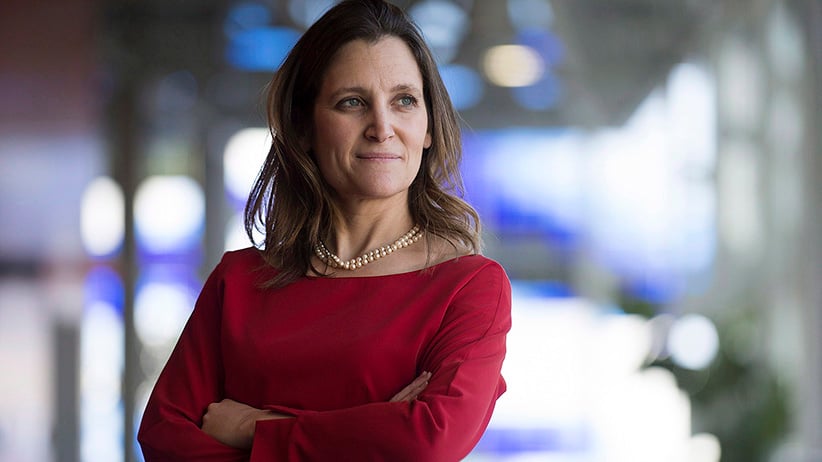
The Trans-Pacific Partnership trade deal was supposed to be a crowning achievement of former prime minister Stephen Harper’s push to open new markets for Canadian exports. Instead, deciding whether or not to ratify the pact negotiated on the Conservatives’ watch is a delicate, early issue-management challenge for the Liberals. International Trade Minister Chrystia Freeland has been cautious, not even willing to comment on whether or not Canada will participate in a signing ceremony for the 12-country pact slated for early next month in New Zealand.
Still, Freeland is firm on one point: There’s no option to change the TPP. “The negotiations are finished and for Canadians it’s important to understand that it’s a decision of yes or no,” she said last week. Even if she goes to New Zealand for the signing, senior federal officials are stressing that doesn’t signal the end of the road. All countries, including Canada, would have two years to ratify the TPP. The Liberals are planning House committee hearings into the impacts—including complaints that the agreement will hurt dairy farmers and auto parts makers—along with a debate in the House.
Expect battling the TPP to be the way NDP Leader Tom Mulcair tries to shore up his credibility with his party’s left wing, after he tacked toward the economic-policy centre in his losing campaign last year. “It’s deeply disappointing to hear Liberal ministers say that a better deal is not even possible,” Mulcair said recently. The case for signing on, regardless of sectoral impacts, is that Canada can’t afford to be outside a deal that will include 40 per cent of the global economy.
Marijuana
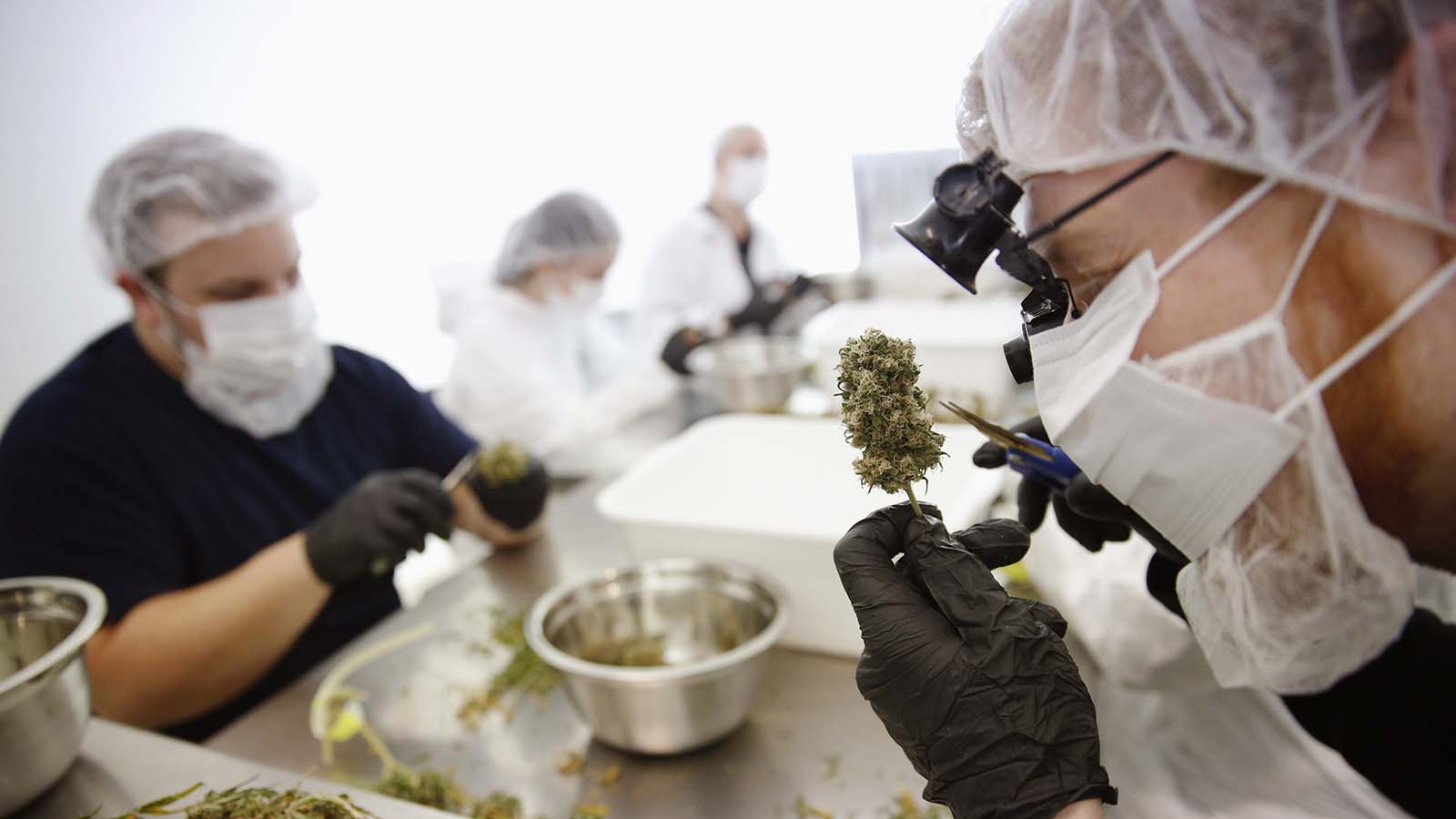
Conservatives once hoped Trudeau’s pledge to legalize and regulate pot would undermine his bid to be seen as a potential prime minister. It didn’t turn out that way, but Tories haven’t forgotten their attack lines about putting drugs into kids’ hands. Since winning power, though, the Liberals have not sent any clear signals about how fast they plan to move on marijuana. But at least one producer is expecting partial legalization a year from now, starting with British Columbia, the province that’s furthest along in stakeholder consultations. “We think that we will be able to have recreational marijuana on store shelves in liquor stores in British Columbia in early 2017,” said Sébastien St. Louis, CEO of Hydropothecary, a marijuana producer based in Gatineau, Que.
For that to happen, federal legislation could be tabled as early as this spring. If that’s in the works, the Trudeau government is keeping remarkably tight-lipped, offering only bare-bones information about the process to be led by former Toronto police chief Bill Blair (who was not made available for an interview with Maclean’s). Now a rookie Toronto MP, Blair has been assigned to spearhead the pot file as parliamentary secretary to Justice Minister Jody Wilson-Raybould, who shares responsibility for the task with Philpott and Public Safety Minister Ralph Goodale. The four MPs are set to meet in the next few weeks to kick things off.
With federal-provincial consultations still to come, getting legislation through Parliament and having regulations in place in a year or so seems like a long shot. Then again, it hasn’t been that long since the same could be said for the very idea of legal weed.
Justice

While legalized pot will almost certainly spark the most debate of the Liberal justice proposals, a far less widely discussed pledge could end up being more important: a promise to support survivors of domestic violence and sexual assault. Statistics Canada says 78,000 women in 2011 reported to police they were assaulted by a partner, almost four times more than the number of men who reported the same.
The Liberals plan to pass a law to make it harder for those previously convicted of intimate partner violence to get bail if they are charged again. As well, when it comes to imposing sentences, judges would consider assault against a partner a more serious crime. For repeat offenders, the Liberals promise to increase the maximum sentence. Women’s groups are expecting support for more shelter spaces, but competition for that money could be fierce, since most of the Liberals’ promised $20-billion social infrastructure fund isn’t slated to flow until after the next election.